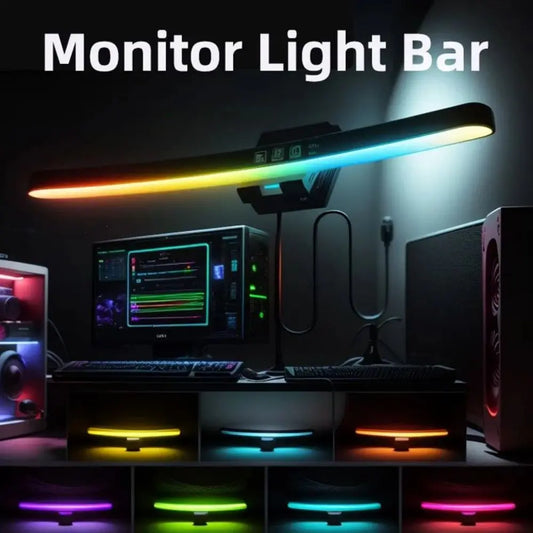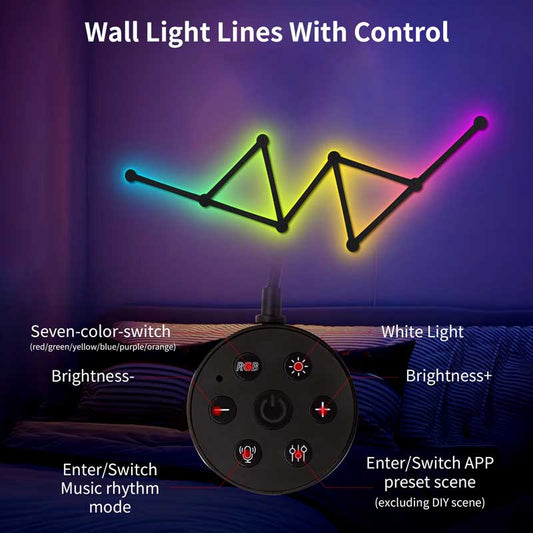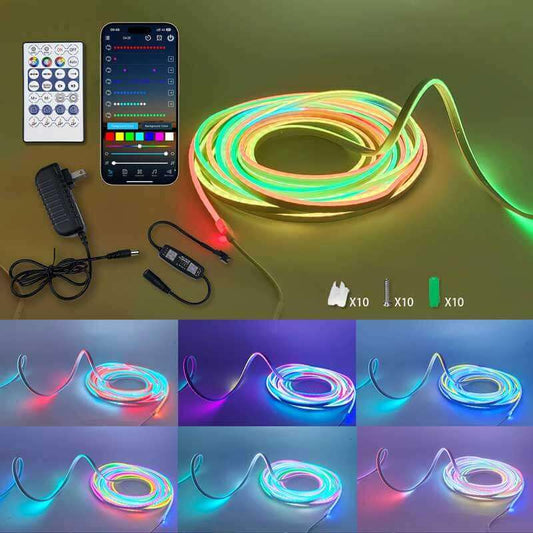What would people use to generate light if there was no electricity?
Share
If there were no electricity, people would rely on alternative sources of light, some of which have been used throughout history, while others are modern adaptations. Here's a look at what people would use to generate light without electricity:
1. Candles
- Description: Candles have been a primary source of light for thousands of years. Made from wax (or tallow), candles can provide a steady flame that gives off both light and warmth.
- Uses: Widely used for reading, ambiance, and in homes or during power outages.
- Drawbacks: They can be dangerous (fire hazards), and the light is relatively dim.
2. Oil Lamps
- Description: Oil lamps use a wick soaked in oil (such as kerosene or vegetable oil) to produce light. They can burn for several hours and provide a brighter, more consistent light than candles.
- Uses: Historically used in homes, workshops, and as portable light sources.
- Drawbacks: Like candles, they pose a fire hazard and require fuel to operate.
3. Gas Lights
- Description: Gas lamps use natural gas or propane to produce light. These lights are commonly used for street lighting in some areas and can also be found in homes or outdoor settings.
- Uses: Gas-powered lamps were historically used in cities and towns before electric lighting.
- Drawbacks: Requires a source of gas, and gas leaks can be dangerous.
4. Flashlights
- Description: Portable, battery-powered lights that are essential in emergencies or when power is out. Modern flashlights use LED bulbs and are much more efficient than older incandescent models.
- Uses: For tasks in dark spaces, outdoor adventures, or during power outages.
- Drawbacks: Batteries need to be replaced or recharged. Limited run time depending on battery type.
5. Solar Lights
- Description: Solar lights use solar panels to convert sunlight into electricity, which powers LED bulbs at night. They are self-sustaining and don't require a power grid.
- Uses: Commonly used in gardens, pathways, and outdoor lighting.
- Drawbacks: They depend on adequate sunlight during the day to charge, so they might not work well in areas with limited sun exposure.
6. Fire (Open Flames)
- Description: Open flames from wood, coal, or other fuels can be used to create light. Campfires and hearths are traditional methods of generating light.
- Uses: Outdoor lighting for camping, cooking, and warmth. Historically used in homes.
- Drawbacks: Requires fuel, can be hazardous if not properly managed, and can be a source of pollution and smoke.
7. Bioluminescence
- Description: Some organisms, like fireflies or certain fungi, produce natural light through bioluminescence. While this is more of a natural phenomenon than a reliable source, it's been used for centuries in various ways.
- Uses: Fireflies or glowing fungi can provide a soft, ambient light in the dark.
- Drawbacks: Limited use and not practical for most lighting needs.
8. Wind-Up Lanterns
- Description: These lanterns are powered by manual winding or cranking to generate light. They often use LEDs, and the energy produced by winding is stored in a small internal battery.
- Uses: Portable lighting, especially useful during camping or power outages.
- Drawbacks: Requires manual effort to generate power and can be limiting for extended use.
9. Hand-Crank Generators
- Description: Hand-crank generators can be used to generate electricity to power a light. By turning the crank, you generate power that can be stored in a battery or used immediately to power a light source.
- Uses: Emergency backup lighting in cases of prolonged power outages or outdoor activities.
- Drawbacks: Requires physical effort, and the amount of power generated can be limited.
10. Batteries
- Description: Batteries can power portable light sources like flashlights, lanterns, or even small LED bulbs.
- Uses: Small, portable light sources for personal use or in emergencies.
- Drawbacks: Batteries have a limited lifespan and need to be replaced or recharged.
11. Tiki Torches
- Description: Often used for outdoor lighting in gardens or around patios, tiki torches burn oil to create a flickering, ambient light.
- Uses: Outdoor gatherings, ambiance, or as garden features.
- Drawbacks: Requires fuel (usually citronella or other oils), and the flame can be affected by wind.
12. Biogas Lamps
- Description: Biogas lamps utilize methane or other forms of biogas to produce light. This form of energy is often generated from organic waste materials.
- Uses: Used in off-grid areas, especially in rural settings where waste is abundant and other forms of lighting are unavailable.
- Drawbacks: Requires a steady source of organic waste to produce the gas, and the setup may be complex.
Conclusion
Without electricity, there are many options for generating light, each with its own set of advantages and drawbacks. While candles, oil lamps, and gas lights are traditional methods that offer both functionality and ambiance, modern solutions like solar-powered lights and wind-up lanterns are more efficient and eco-friendly. The best lighting choice would depend on the specific needs—whether it's portability, intensity, duration, or sustainability.
In an age of renewable energy, solar lights are gaining popularity for their self-sustainability, while for short-term or emergency use, battery-operated lights or flashlights are extremely handy.




